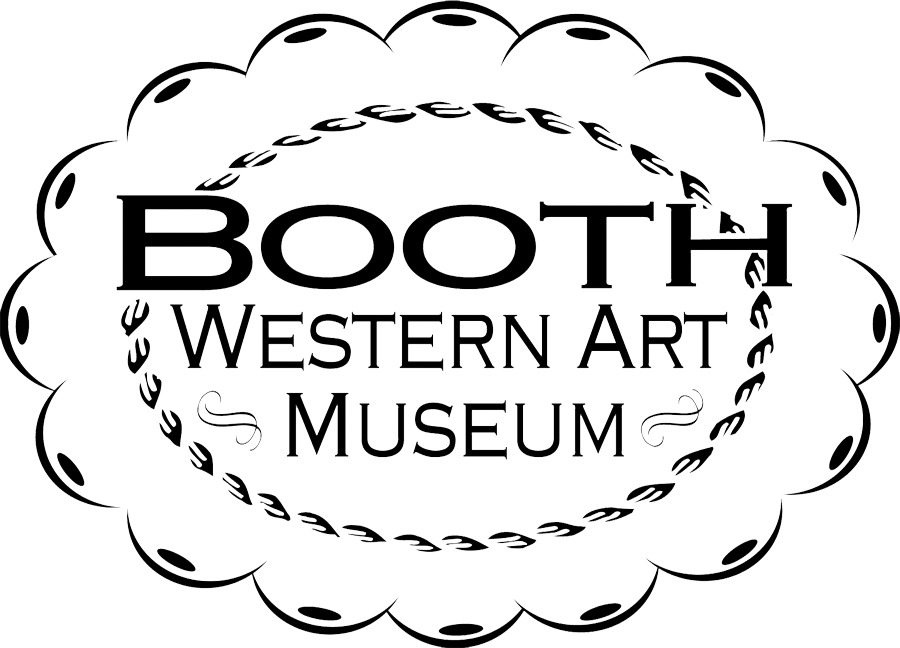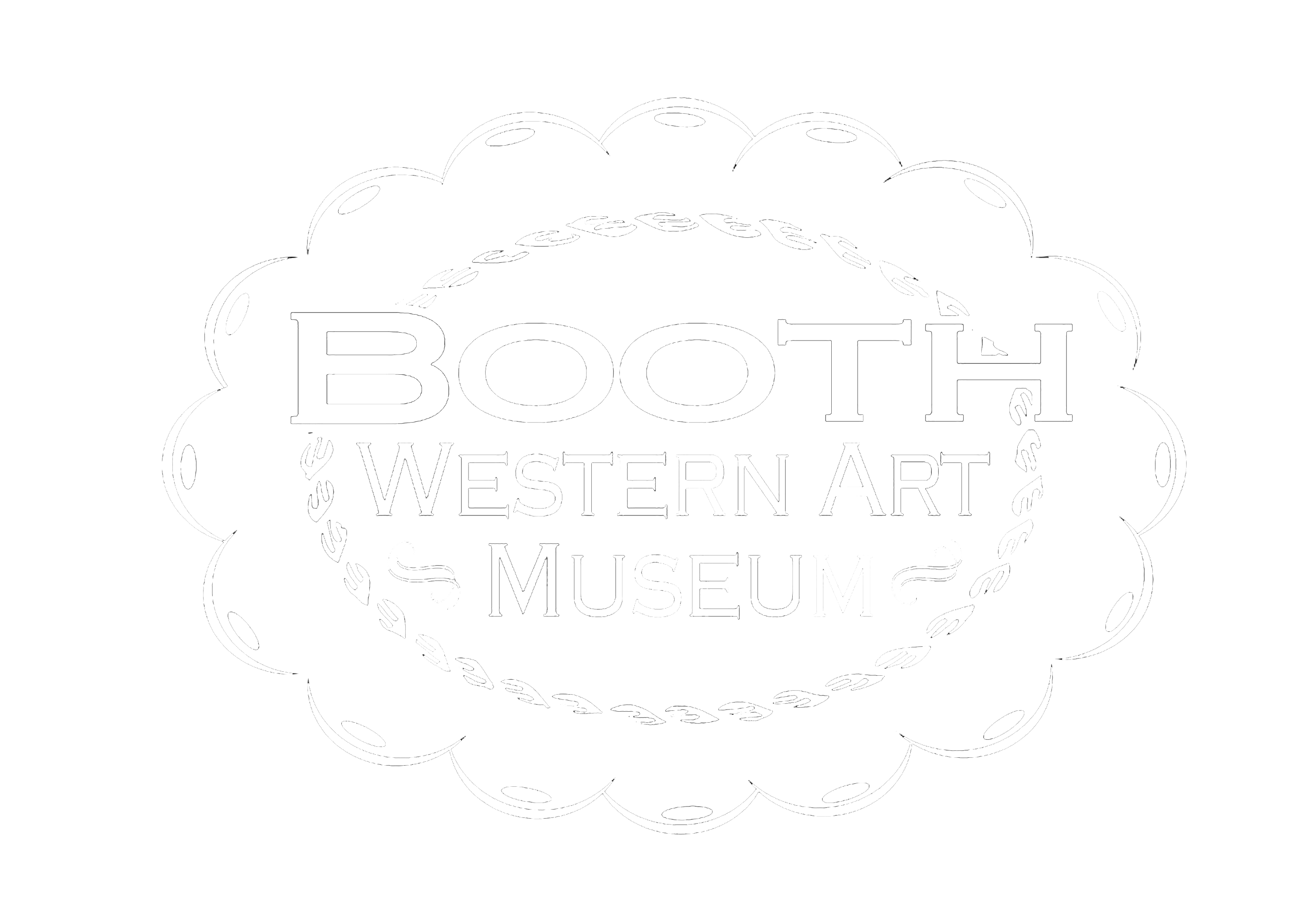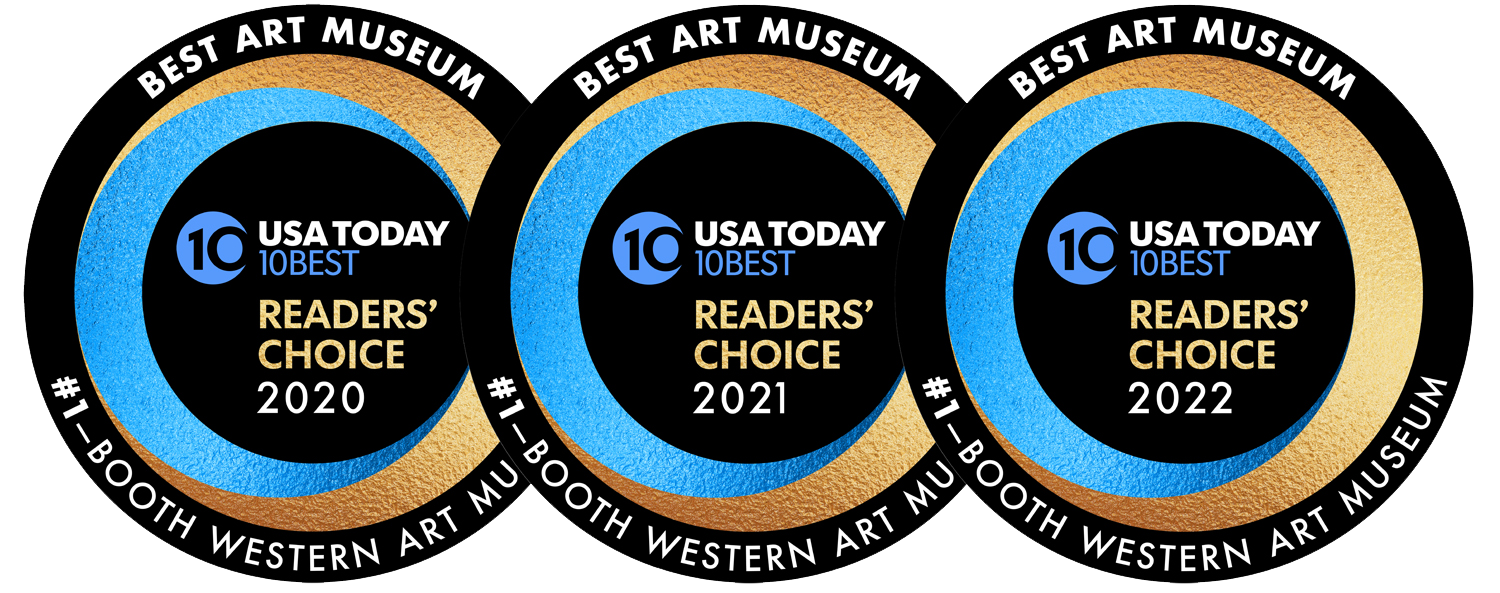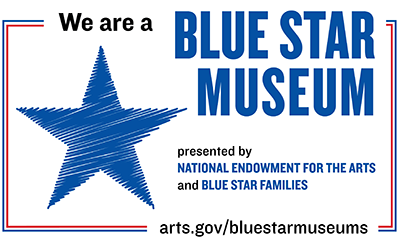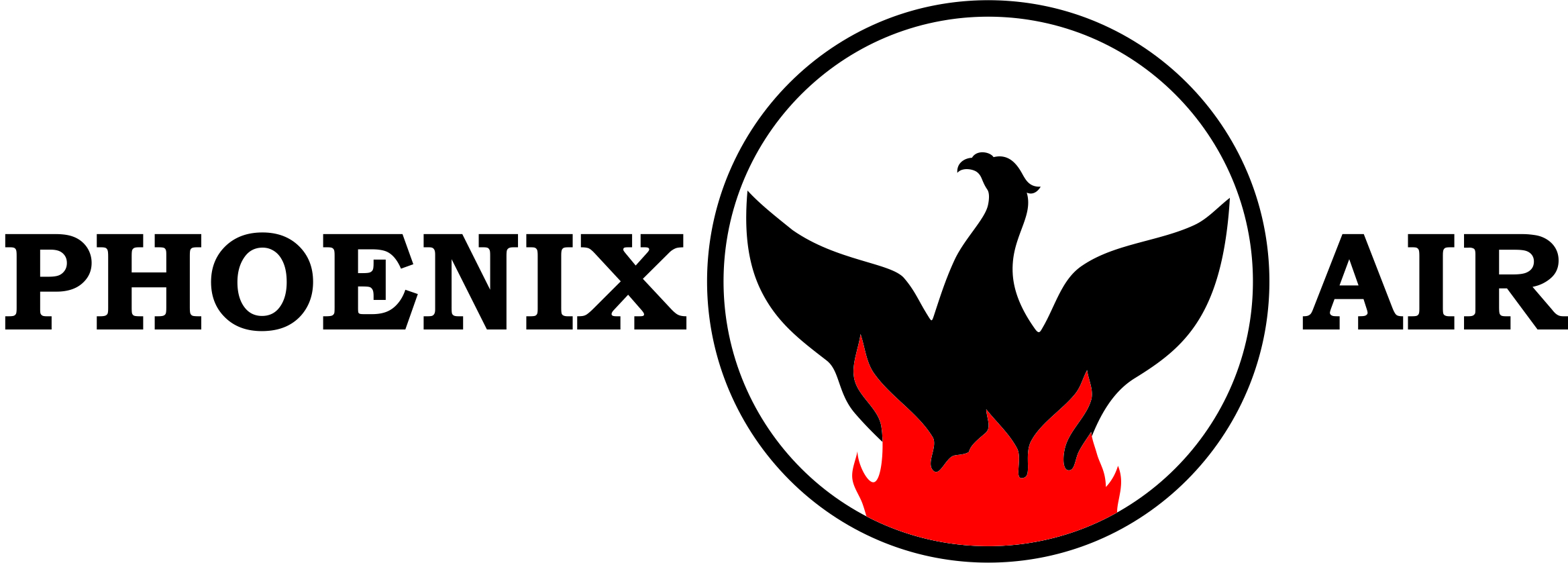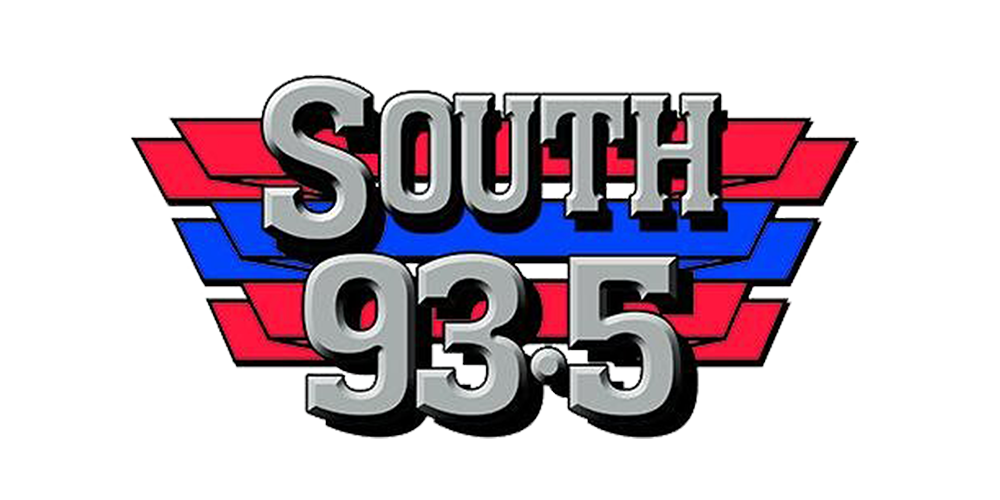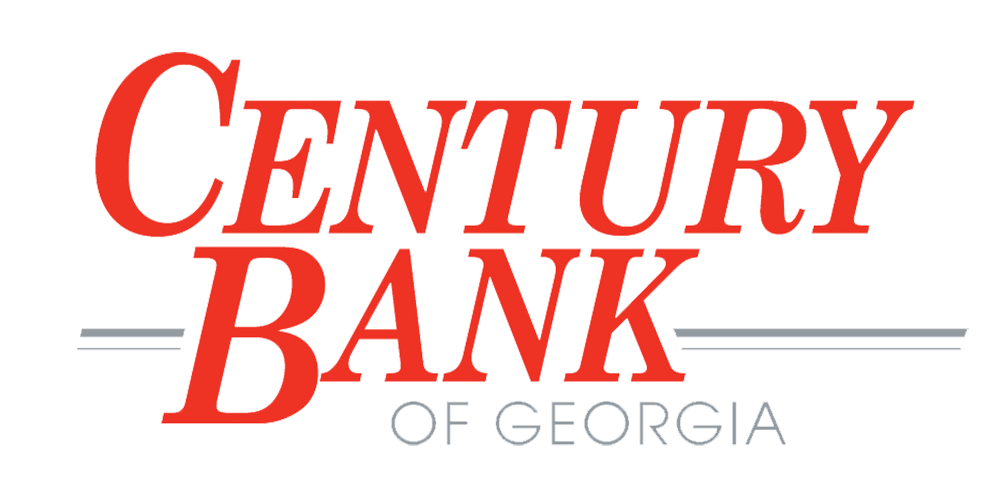The style and form of presidential travel has been discussed and debated since the nation’s founding in 1789. George Washington was very attuned to the visual impact of the well-appointed carriage he used to get from place to place in the late 18th century. The last half of the 19th century saw upscale private railroad cars as the primary mode of transport for the president.
But Air Force One, the president’s private jet, took the concept of presidential travel to astounding new heights.
Let’s examine the evolution of presidential flying over the past eight decades.
The Early Years
The first president to fly while in office was Franklin D. Roosevelt, who undertook an arduous 44 hour journey to Casablanca on a military flying boat in 1943 to meet with Winston Churchill during World War II. He couldn’t travel by ship due to the risk of German submarine attack.
His successor, Harry Truman, also used a military plane, a Douglas C-54 dubbed the Sacred Cow. Truman had a bit of prankster in him. He once took off from Washington and directed the pilot to fly over the White House. They buzzed the home at 500 feet going 500 miles per hour! And they made two passes! Hard to imagine that happening today.
Later, in 1947, Truman used a faster plane he called Independence, named after his hometown in Missouri.
Dwight Eisenhower, a trained pilot himself, upgraded to a Lockheed Constellation called Columbine II, named for the state flower of Colorado where First Lady Mamie Eisenhower grew up. Ike was on Columbine II in 1954 when a potential disaster was averted. When Eisenhower flew, the military used regular flight identification protocols. His flight was Air Force 8610. At that same moment, another plane in the area was using Eastern 8610. The confusion could have ended in disaster. After that flight, it was decided that anytime the president is on a flight, the call number would be Air Force One.
The Jet Age
In 1959, toward the end of Eisenhower’s second term, the Air Force acquired a Boeing 707, the first jet used in presidential travel. It was painted with orange and black accent colors, with block letters for The United States of America.
In 1962, under new president John F. Kennedy, the first jet specifically built for the president was delivered. Kennedy was well aware of the profound impact this symbol of American power and diplomacy would have. He selected famed designer Raymond Loewy to create the now-famous blue and white livery with the presidential seal on the Boeing 707. Kennedy also specified the use of the same font scheme found in the Constitution for the words The United States of America.
The jet was used from 1962 to 1990 by presidents Kennedy, Johnson, Nixon, Ford, Carter, and Reagan. Johnson was sworn into office aboard the plane following Kennedy’s assassination in Dallas in 1963. Nixon flew it to Beijing in 1972 to open up diplomatic relations with China.
The plane is now on indoor display at the Ronald Reagan Library and Museum in California. It’s back up twin is at Wright Patterson Air Force Museum in Dayton, Ohio.
747s and the Modern Age
In 1990 during the administration of George H. W. Bush, two new Boeing 747s replaced the aging 707s. These highly customized planes have offices, a bedroom and shower for the president, conference room, medical center, two galleys capable of serving 100, advanced communications capability, mid-air refueling, plus the ability to withstand an electromagnetic pulse.
The plane travels at 600 mph and costs about $200,000 per hour to fly. It’s painted in the same classic blue and white livery started by JFK. Unlike the 1997 Harrison Ford movie Air Force One, the real plane does not have an escape pod.
The 4,000 square foot Air Force One is truly a “flying White House” allowing the president to fully function from the sky anywhere in the world. For nine hours on September 11, 2001, Air Force One was George W. Bush’s flying White House in an emergency due to the terrorist attacks on New York and Washington.
Preserving History
The planes used by the president have historic value and several are on display at the Wright Patterson Air Force Museum. The Columbine II used by Eisenhower fell into a bureaucratic snafu after its service. For decades it sat rusting away in the Arizona desert, unidentified as Columbine II. The CEO of an aircraft restoration company finally figured out the plane’s true identity and spent 8,000 hours getting it ready to fly from Arizona to Virginia for complete refurbishment. That work is ongoing, with an estimated $12 million budget to complete the restoration. It’s hoped that Columbine II will one day be on display for all to see.
The Future
Two new 747s were ordered in 2016 to replace the now-aging pair of current 747 planes. Donald Trump gave permission to acquire the new planes from a defunct Russian airline that went bankrupt before ever taking possession of the planes. Since then, the planes have been undergoing extensive modifications to turn them into 21st century Air Force Ones. Due to supply chain issues, security clearance requirements for workers and other issues, the planes are very late and way over the fixed cost $3.9 billion budget set by Trump. The delivery date is unknown but may stretch to 2029.
Air Force One, hand polished before every trip, is a gleaming symbol of American power and promise wherever it flies. If you’re ever near Dayton, Ohio or Simi Valley in California, you can step up the ramp and get a glimpse of history.
Interested in learning more about the presidents? Visit the Carolyn & James Millar Presidential Gallery on the upper level of the Booth Western Art Museum. The gallery features original letters and photographs of every U.S. president. Learn more at www.boothmuseum.org.
